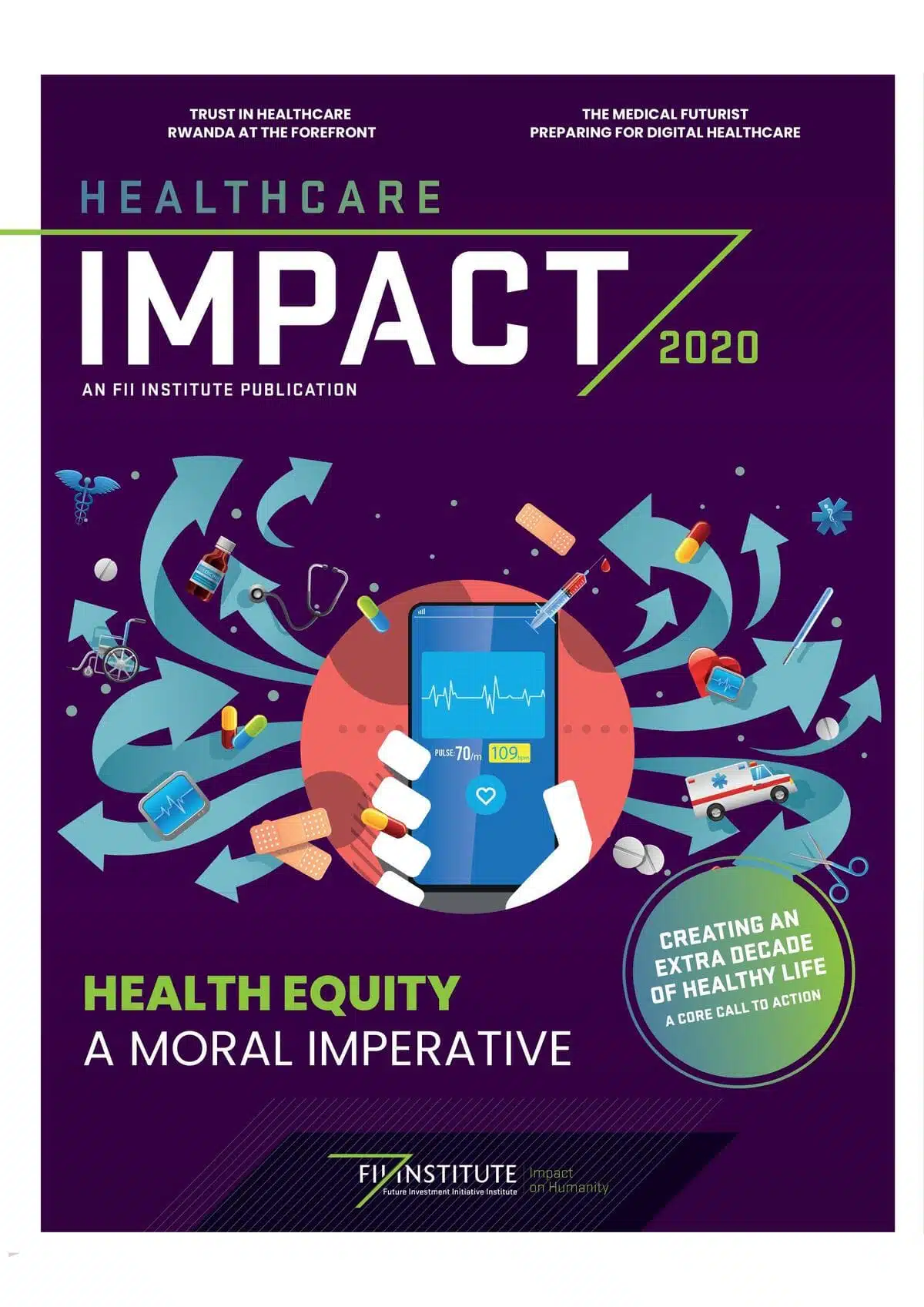Pneumonia is, in most cases, a curable or preventable disease. But it remains the leading infectious cause of death globally among children under the age of five, disproportionately affecting the most deprived and marginalized. An effective and affordable vaccine is the best way to tackle this global challenge.
GLOBALLY, SOME 450 MILLION CASES of pneumonia are caused every year by more than 100 different viruses and bacteria. The most common and most dangerous pathogen is Streptococcus pneumoniae, the bacterium responsible for pneumococcal disease. Worldwide, an estimated 14.5 million episodes of serious pneumococcal disease occur annually among children under five years of age.2 Estimates of the number of children under five dying of pneumonia range from 300,000 (WHO)3 to 800,000 deaths per year (UNICEF).4 Most of these deaths occur in low- and middle-income countries, about half of them in just five: Nigeria, India, Pakistan, Democratic Republic of Congo and Ethiopia.5 Pneumococcal disease is curable: antibiotics are first-line treatments, while oxygen therapy can help treat pneumonia but is often not available for children in low- and middle-income countries for a number of reasons, including logistics management and health system priorities, as well as cost. A recent study of hospitals in Nigeria, for example, found that just one in ten children that were treated for pneumonia received the oxygen they needed.6 Pneumococcal disease is also preventable: vaccines are the best preventive measure. Breastfeeding, good nutrition, hand washing, and abating indoor air pollution are other ways to prevent the disease.7 Nevertheless, pneumonia remains responsible for the deaths of hundreds of thousands of children each year. It is therefore not only a dangerous disease, but also a symbol of global inequities, affecting disproportionately the most deprived and marginalized children. Just one example: The number of pneumonia deaths for children under five years in Bangladesh has fallen from 17 deaths per 1,000 live births in 2000 to 4 deaths per 1,000 live births in 2018. But in Western Europe, the mortality rate is still 50 times lower.
REDUCING THE BURDEN
In 2013, the WHO and UNICEF launched the Integrated Global Action Plan for Pneumonia and Diarrhea (GAPPD) to reduce the massive burden of pneumonia and diarrhea deaths among children. The GAPPD was the first global framework to set national pneumonia and diarrhea mortality targets. By 2025, all countries were to have reduced child pneumonia deaths to less than three for every 1,000 babies born and diarrhea deaths to less than two for every 1,000 babies born. Since the GAPPD was launched, child pneumonia and diarrhea deaths have fallen by 27 percent.9 But despite this progress, some of the low- and middle-income countries with the highest numbers of child pneumonia deaths are unlikely to meet the GAPPD pneumonia mortality target.

